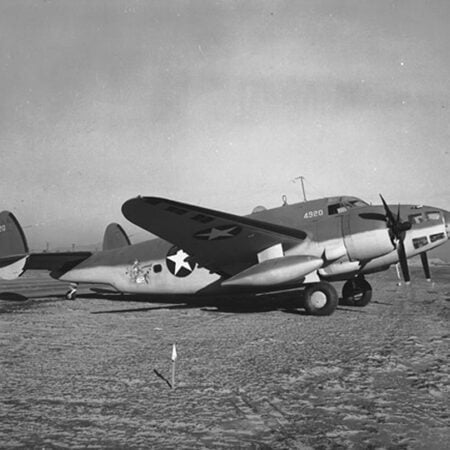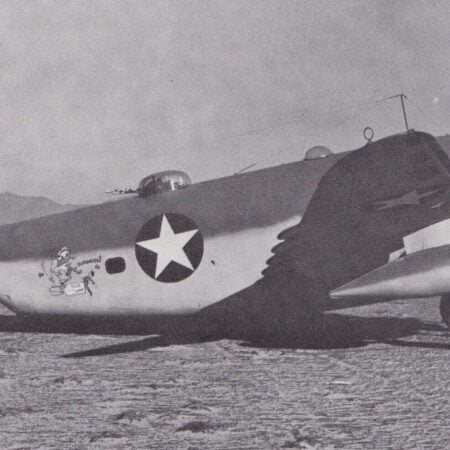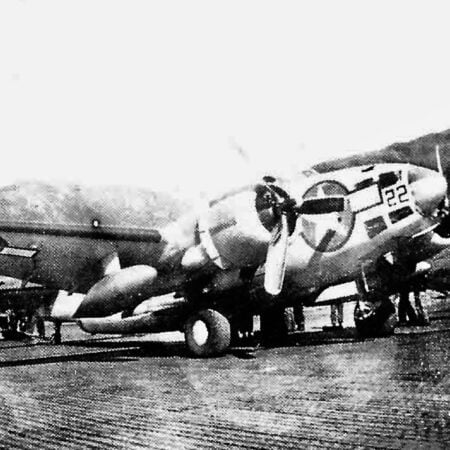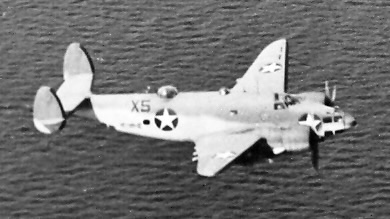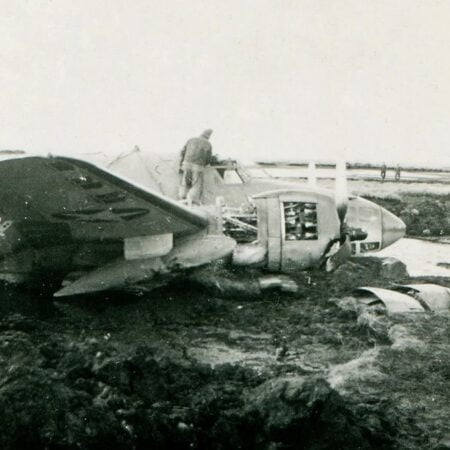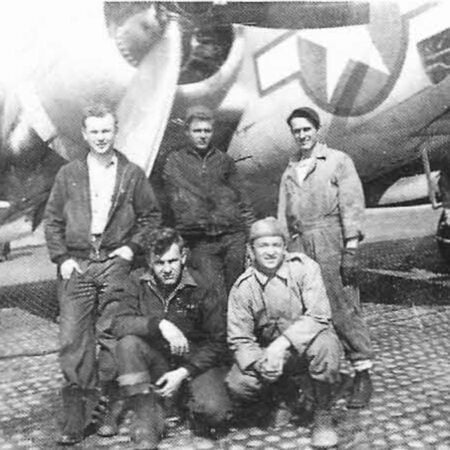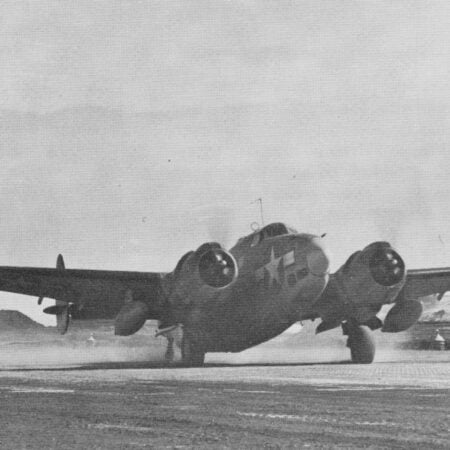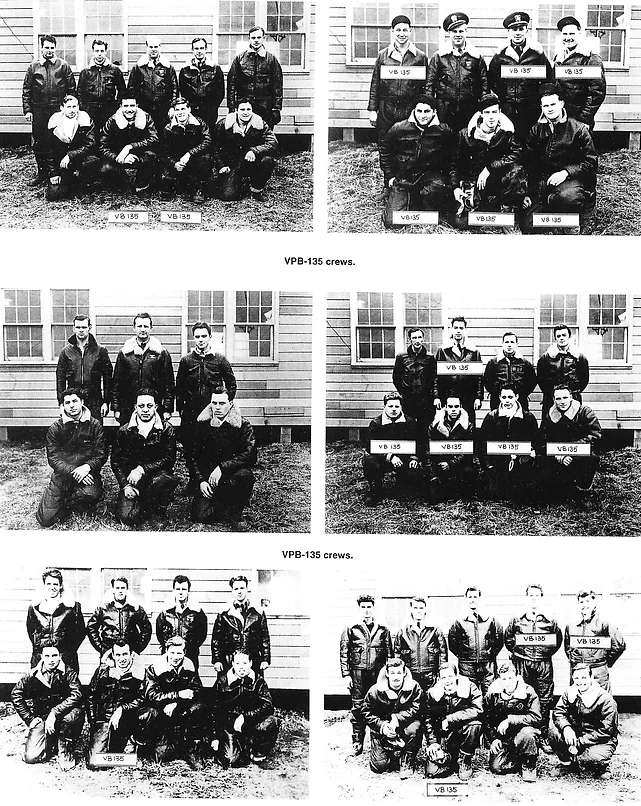VB-135 1st Tour, May- November 1943
Aircraft, BuNo, Squadron numbers and movement.
Click on the image to expand the photo
Photo credits: John C. Stanaway, “The Operational History of Lockheed’s Lucky Star” A Schiffer Military History Book, 1996;
Charles S. Scrivner “The Empire Express”, Historical Aviation Album, 1976;
NARA
Don Anderson (VB-139) and Lewis “Pat” Patteson (VB-135) collections
“Авиация и время” (“Aviation and Time”) magazine, issues 2 and 3, 2017, Kyiv, Ukraine
Other known VB-135 Venturas BuNos with unknown Squadron Codes:
29730, 29732, 29734, 29740, 29748, 29767, 29796, 29806, 33129, 33137
29739 5/1/43 mildly damaged on the ground by a fire. As of 5/5- X6 of Hedron
29744 To VB-136/8VR on 10/11/43
Commanding Officers, 1st tour:
Lt. Comdr. Cy E. Perkins, 15-26 Feb 1943
Lt. Comdr. Paul C. Williams, 26 Feb-11 July 1943
Lt. Clyde H. Parmelee, 11 July- 5 Nov 1943
The Squadron was commissioned on 15 February 1943 at Ault Field, Whidbey Island, Washington.
The nucleus to the Squadron was obtained from a decommissioned PBY Squadron VP-42 that had made an impressive record in the defense of Dutch Harbor when it was attacked by Japanese forces in June 1942. The Squadron became the first one to operate PV-1 aircrafts not only in Western Aleutians, but in the Pacific theater. VB-135’s home port was Seattle, Washington.
The time allowed for training on the new aircraft type was inadequate. The training program itself left much to be desired. The first pilots completed program with only 60-80 hours in the PV-1. Instrument time consistent in the work under the hood, which was not suitable for flying in Aleutian area.
15 Feb- 25 March 1943: training in PV-1 type aircraft for patrol duty in the Alaskan area, Whidbey Island, WA.
(BuNos 29731, 29733, 29736, 29775, 29796- besides assigned to VB-135 and VB-136)
26 February 1943 Lt. Comdr. Paul C. Williams replaced Lt. Comdr. Cy E. Perkins as the VB-135 CO.
5 May – 5 November 1943, FAW-4 Attu.
Primary function- High speed patrol in the Western Aleutians.
Secondary function- Radar bombing of Kiska Island and anti- Japanese aircraft patrol west of Attu.
21-22 March 1943: 15 Ventura’s were assigned to the Squadron in Seattle.
25 March 1943: the Squadron departed NAS Whidbey, enroute to Adak with 15 Ventura’s.
29768/X5 Lt Cmdr Williams
29737 Lt (jg) Bermingham
29739 Lt (jg) Gaskell
29740 Lt (jg) King
29744 Lt (jg) Marquart
29746 16V Lt (jg) Bingham
29748 Lt (jg) Davidson
29749 14V Lt (jg) Yund
29767 Lt (jg) Morrison
29769 19V Lt. Foster
29776 23V Lt (jg) Havu
29787 21V Lt (jg) Fisher
29795 Lt (jg) Morse
29796 Lt. Parmelle
29806 Lt (jg) Brower
The squadron pioneered cold weather patrol with an aircraft that had originally been designed as a fast attack bomber. They were assigned to an area which consisted of a narrow chain of volcanic islands which had the most treacherous weather found in any combat zone, due to continual fog, low ceiling, and strong variable winds.
26 March: arrived to Annette
30 March: arrived to Yakutat
2-3 Apr: arrived to Kodiak
The high attrition rate for the early PV-1 planes could be seen from the following stats:
9 Apr 1943: arrived to Unmak, only 10 of 15 a/c are in operational condition.
12 Apr 1943: first arrival to Adak, 12 of 15 a/c are in operational condition.
15 Apr only 4 of 15 a/c are in operational condition.
17-20 Apr: 7 of 15
20-24 Apr: 8 of 15
29 Apr: 10 of 15 a/c are in operational condition.
1 May 29739 mildly damaged on the ground by fire. As of 5/5- X6 of Hedron.
5/4/43: 29768/X5 was among eight Venturas of VB-135 flown from Adak to Amchitka and had a landing accident with Lt.(jg) J.W. Morse at the controls, see photo above. No casualties reported. The plane was transferred to Hedron the next day and used for spares. Stricken off record 8/31/1943.
From FAW Four Hedron War Diary:
“The first radio-radar men arrived at Amchitka, which was never a BASU, but has held the term of PATSU, in the spring of 1943. A squadron of PV’s arrived on the field immediately after the bomber strip was opened. These new planes introduced new problems with ASD, AYD, and ASK radar equipment, as well as new radio equipment. No one had much experience in the maintenance of PV’s and they promptly developed a multitude gripes. There were no spare parts, but one of the PV’s accidentally ran off the runway without damaging the radar gear. From that time forward it served as a source of supply. Parts were taken from the plane until, when it was finally removed, there was little left except a skeleton.”
3 May: 9 of 15 a/c are in operational condition.
4 May: eight a/c moved to Amchitka from Adak
5/5/43: 29795 to Hedron, named X10. Crashed on landing 1/20/1944, NAS Whidbey Island (FAW6)
29739 renamed X6
29749 retained the original code 14V
Aircraft from Adak were flown to Amchitka
9 May: all 12 a/c are operable
5/16/43 29746/16V landing accident due to weather, Lt.(jg) Jack Kassel. The pilot parked the aircraft on the side of runway to wait for repairs. Seven days later, on May, 23rd, another Ventura (BuNo 29787/21V) piloted by Lt.(jg) Grant T. Anderson, crashed into it during takeoff, completely destroying both aircraft. Other crew members included J.A. Dingle, C.B. Wolpin, N.E. Peterson, A.J. Clement, H. Reed.
By the end of 16 May, there were only six operable PV-1s (out of twelve), all at Amchitka.
18 May: X3/Hedron participated in search for Catalina 59V.
5/23/43 29787/21V Lt. Grant T. Anderson, VB-135 NAF Amchitka. The pilot, thinking he was airborne, pulled up the landing gear. In the resulting fire, one of the 500-pound bombs exploded. Ens. Peter P. Patterson and Alvin D. Shaver, AMM3c, were killed. Quick action on the part of a nearby Army B-24 saved the lives of the other crew members: Lt. Grant T. Anderson, C.B. Decker, Arthur C. Merrill, Vernon G. Scott. |
31 May 1943: As a result of the operating experience of the past month and conferences with the Commanders of Bombing Squadrons One Thirty-Five and One Thirty-Six, Commander Fleet Air Wing Four reported by dispatch to Commander Air Forces, Pacific Fleet, Commander Fleet Air, Seattle, Commander Fleet Air, West Coast and Bureau of Aeronautics that the PV-1 airplane was not suitable for employment in the operations of FAW4 in the Aleutians, due to their lack of effective range, dangerous take off characteristics resulting in inability to take off under average conditions and other technical defects.
2 June 1943: 6 PV-1s of VB-135 bombed Little Kiska, one a/c to observe and photograph the results. 17 250- lbs bombs were dropped using radar through the cloud layer. Three bombs hit the water and fourteen straddled coast defense guns. The planes drew light AA fire, results were not observed.
29776/23V (Lt. A. Havu) made forced landing on Ogliuga due to weather. The aircraft was salvaged for parts.
20 June: six Ventura’s flew radar bombing mission to Kiska.
26 June: 29743/15V cracked up upon landing on Amchitka due to main gear failure; destroyed. No injury to personnel.
28 June: 29737 water-looped on landing after mission over Kiska (Claude W. Gaskell). Repaired, as of 11/1/43- VB-136/5R2
29 June: Star & Bar with red border was introduced for national markings
6 Aug: 6 out of 10 Ventura’s are operational
10 Aug: squadron moves from Amchitka to Attu
14 August: Red border is to be removed from the Star & Bar markings
18 Aug one a/c is transferred? (only 9 in custody)
11 Sept: On returning from search, two Venturas, 29749/14V and 29769/19V (P. Marquart), ground looped in attempting to land at Shemya.
19V was later repaired and flown by L.A. “Pat” Patteson twice in December 1943.
“We lost 3 planes one stormy day when the wind was blowing so hard they couldn’t land at Attu. Luckily, Shemya was handy with a runway three miles long that had been built for B-29s. Apparently tentative plans had been made to bomb Tokyo from the Aleutians. The runways up there consisted of steel matting laid over a sand base. What with the rain and the wind, the sand base was gradually eroded and ripples developed in the matting. Shemya was and probably still is a long narrow flat island. The runway ran along the island and landings were made on the runway regardless of the wind direction. During this storm, the wind was blowing across the runway which meant that the planes had to come in very fast. When they landed, the ripples in the runway caused the planes to bounce up in the air. And with every bounce, the wind would blow the plane toward the edge of the runway. Finally all three were blown off the runway and bogged down in the surrounding sand.”
10/1: from Attu to Adak, VB-136 from Adak to Attu
10/5: 15 PV-1s of VB-139 arrived to Adak from Kodiak and join 8 PV-1s of VB-135
10/11: 29744 transferred to VB-136, 7 planes remain in custody
10/21: 29740 to VB-136, still 7 planes in custody (29744 back?)
10/28: VB-135 relieved from duty with 4 planes, the other three PV-1s in custody were non-operable, and transferred to Hedron.
By the end of the first tour, out of 15 original PV-1s, 4 aircrafts were destroyed in accidents, 2 damaged beyond repair and salvaged for spares, and at least two required extensive repairs as result of accidents. None were lost due to the enemy action.
10/31: only 2 planes in custody in Adak, both non-operable
11/1/43: 29737 repaired and transferred to VB-136/5R2
11/2/43: one PV-1 removed from the inventory of VB-135 and transferred to Hedron
11/12/43: the last PV-1 of VB-135 removed from its inventory. The aircraft physically remained at Adak.
“In November we were all relieved and sent back to the States. A DC-4 picked us up, took us to Kodiak where we waited for a few days, and then directly to Seattle. We left the planes on Attu, and I assume a new squadron replaced us and used the old planes for spares.”
“When the time came for us to leave, we left our planes in Attu and were taken to Kodiak by a DC-4. This was the first time we had seen a DC-4, and thought it was a monster compared to the DC-3s we were more familiar with. We stayed at Kodiak for several days, and then flew back to the Sand Point Naval Air Station in Seattle”.
As of Dec 1943, 29795 became X10 of Hedron.
Preparations For the Second Tour:
3 January to 15 April 1944: training with PV-1 type aircraft for duty in the Northern Pacific, with special emphasis on instrument flying, bombing, gunnery and navigation. Meager training in the use of photo-flash bombs in connection with night photo- reconnaissance was done.
PV-1 BuNos flown by L. A. “Pat” Patteson as a navigator during the first Aleutian tour of VB-135:
29729 (9/5,14,17)
29730 (10/1,5,14; 11/4,10,11,14,19,25,28)
29731 (9/8,12,14,23,29,30; 10/1,7×2,25,26; 11/1)
29732 (9/1,16,32,18,21,22; 10/6×2,8,12,14,20,20,26; 11/7,18; 12/5)
29734 (9/7,8,18,19×2,23,24)
29737, Lt. (jg) Bermingham. Water-looped 6/28, repaired (3/18,19,20,21,25,29,31; 4/9,12,21; 5/3,4,15,21)
29739, Lt. (jg) Gaskell. Damaged by fire 5/1, repaired
29740, Lt. (jg) King (12/28)
29743/15V Cracked up on landing 6/26, destroyed
29744, Lt. (jg) Marquart. (4/14,16)
29746/16V, Lt. (jg) Bingham. destroyed on the ground 5/23 (3/16)
29748, Lt. (jg) Davidson (5/7; 12/23)
29749/14V, Lt. (jg) Yund.
29767, Lt. (jg) Morrison (5/17)
29768/X5, Lt. Comdr. Williams. Salvaged for spares after a landing accident.
29769/19V, Lt. Foster. Damaged 9/11 (4/25; 12/3,11)
29775 (12/29×2)
29776 23V, Lt. (jg) Havu. Landing accident 6/11, salvaged for spares. (5/12,25)
29787 21V, Lt. (jg) Fischer. 5/23 destroyed on take-off (4/19)
29795, Lt. (jg) Morse. LAC 1/20/44 HEDRON FAW-6, NAS Whidbey Isl
29796, Lt. Parmelle (3/6,15)
29806, Lt. (jg) Brower. Crashed on landing 6/4/44 Joseph Dore Jr, HEDRON FAW-6, NAS Whidbey Isl,, Ault Field, Familiarization flight (5/5)
33129 (10/10,13,19,25,31; 11/3,7,11,16)
33137 (10/17; 11/4,9)
Assuming, that the assigned Squadron codes were 14 through 25 (12 squadron a/c and 3 transferred to Hedron), there are pictures of the following aircraft found by now, 20 August 2023: 14V/29749, 16V/29746, 17V/?BuNo, 18V/?BuNo, 19V/29769, 20V/?BuNo, X5/29768






